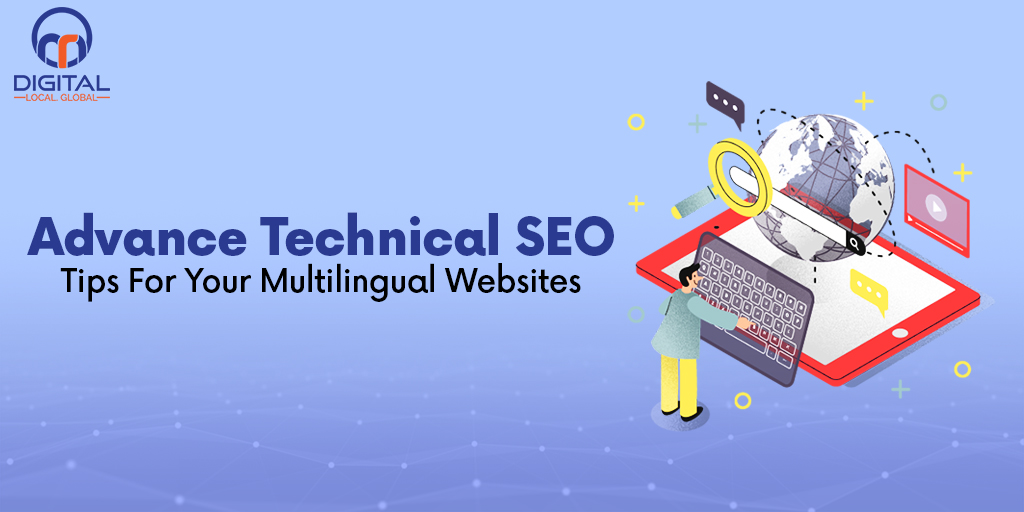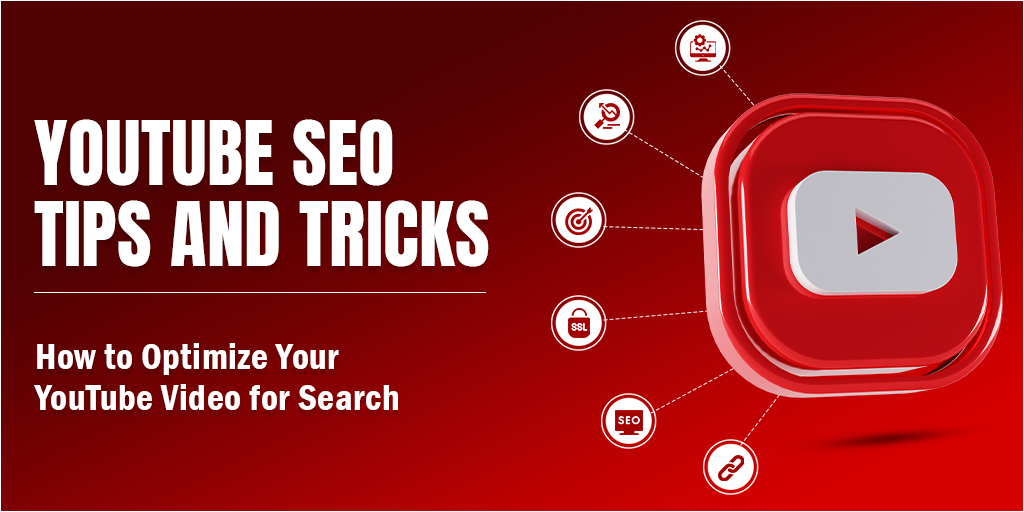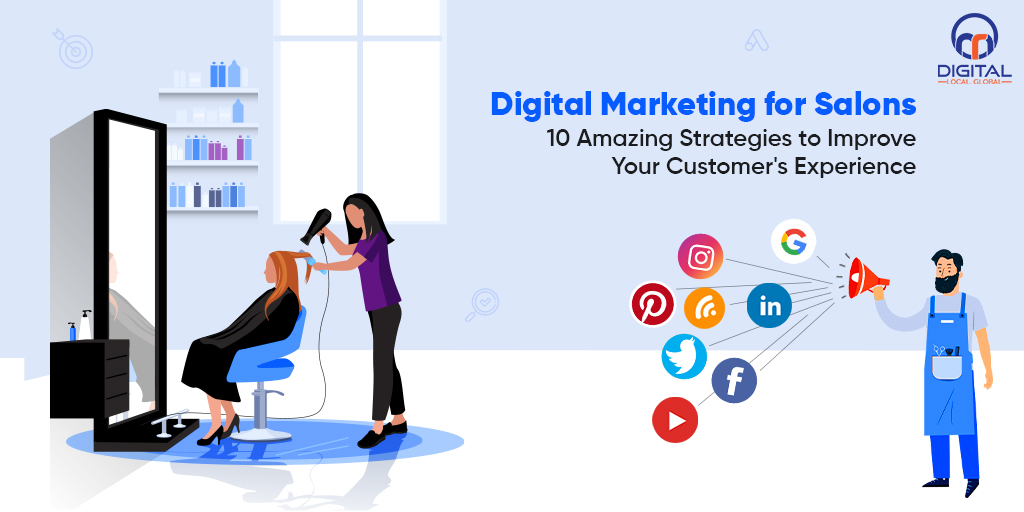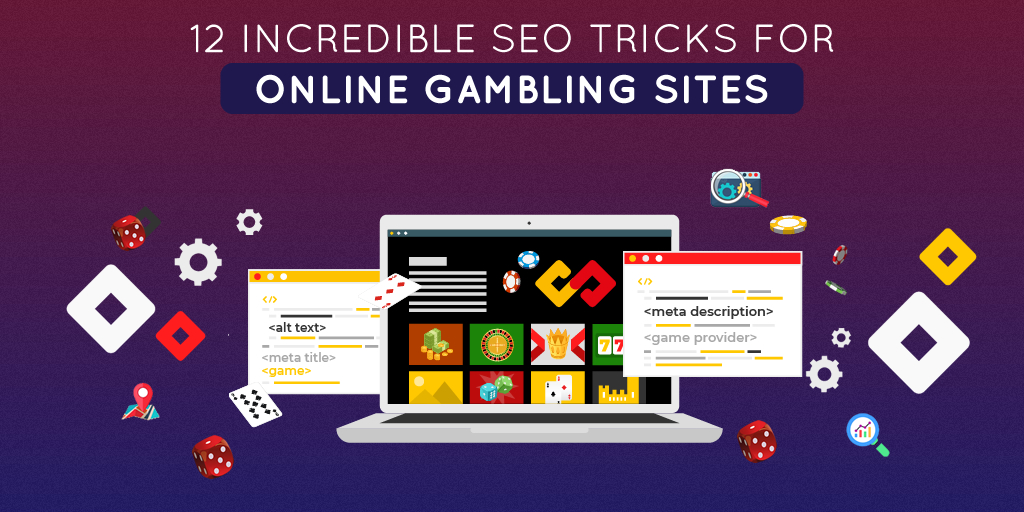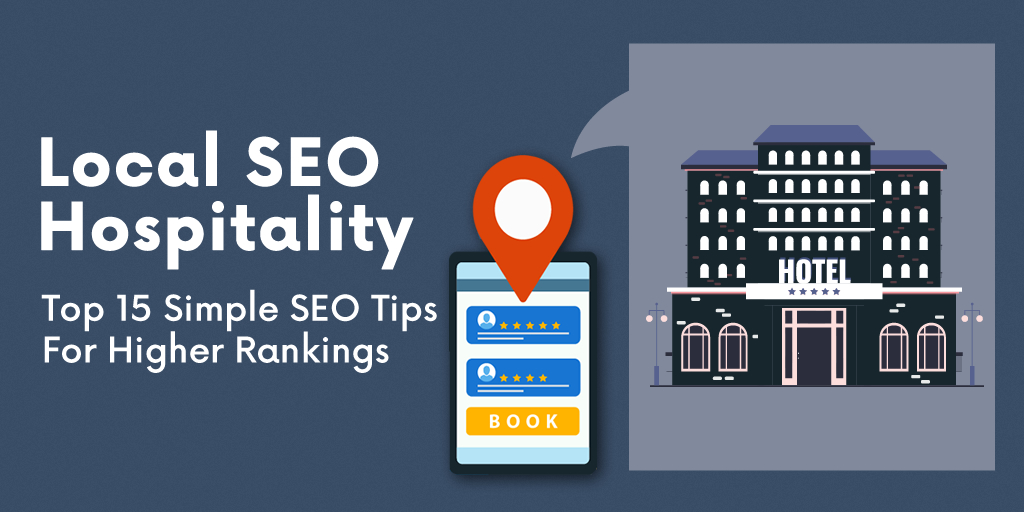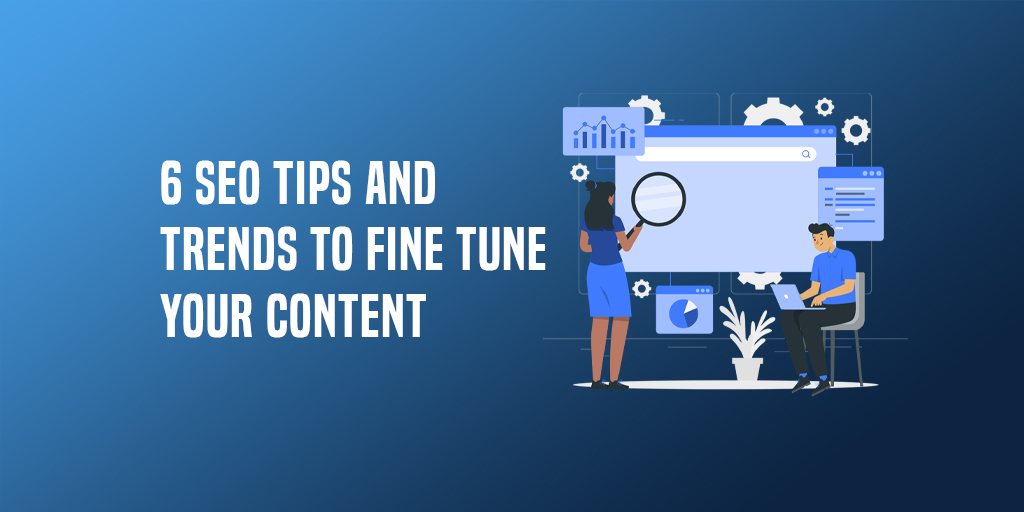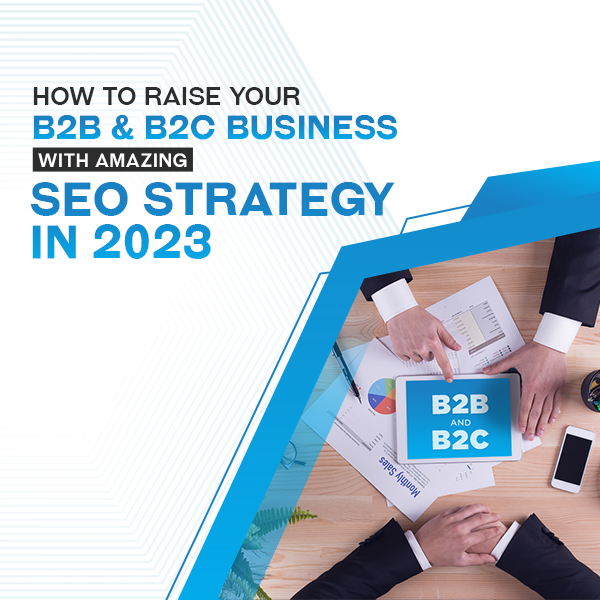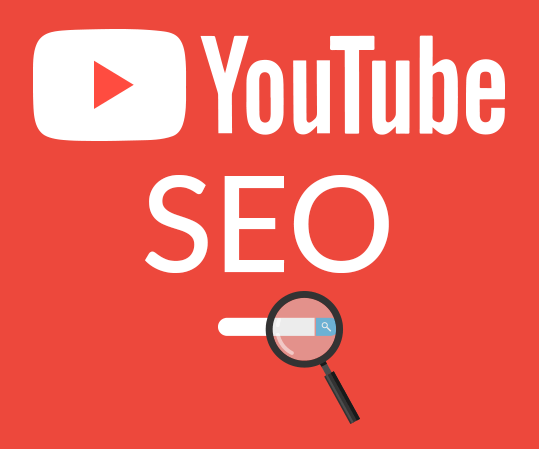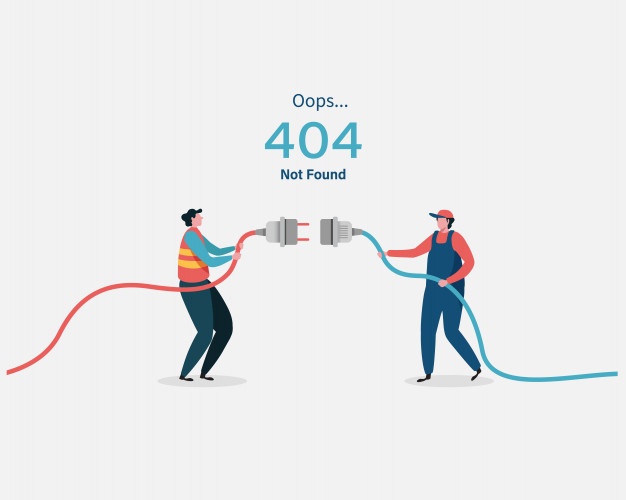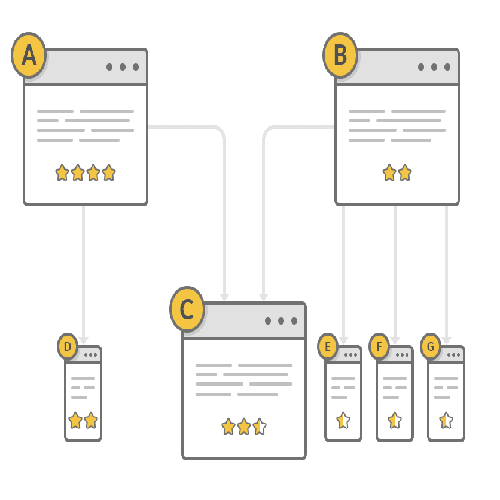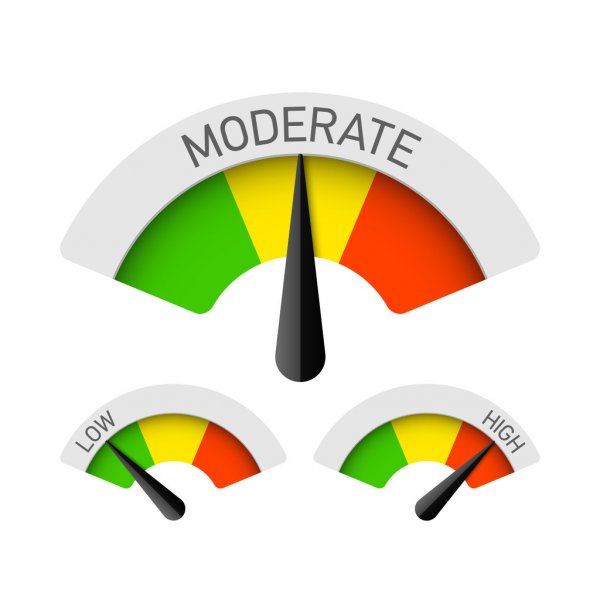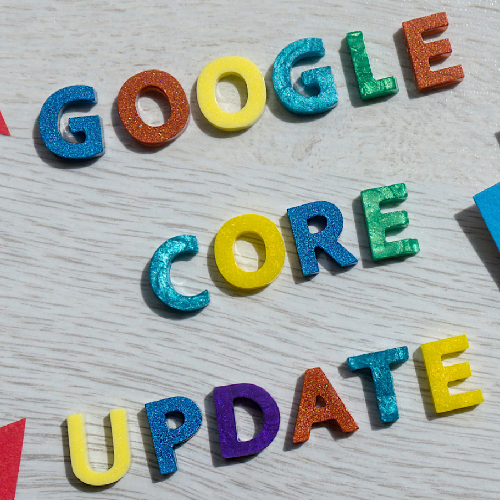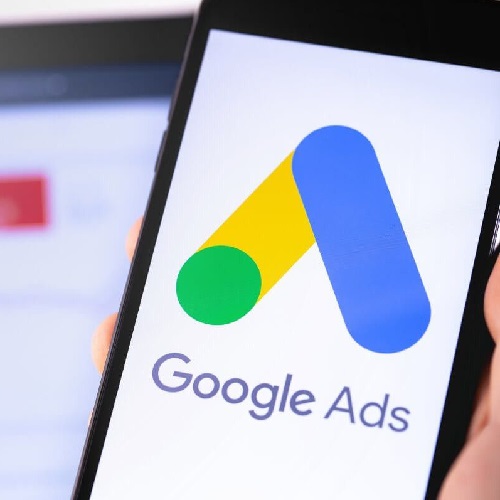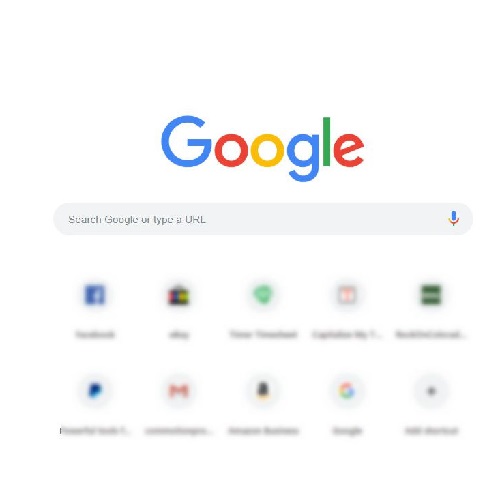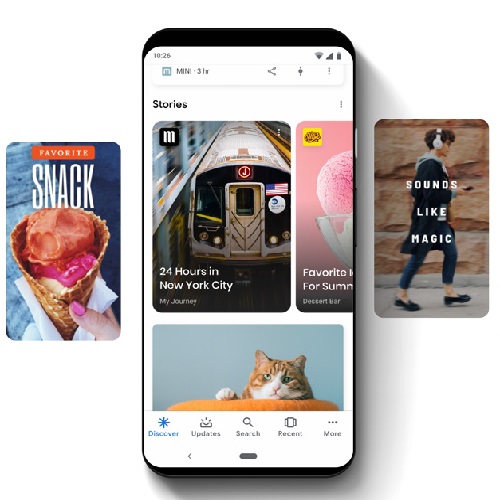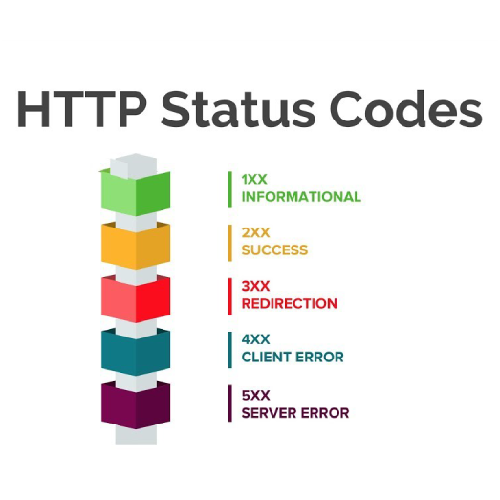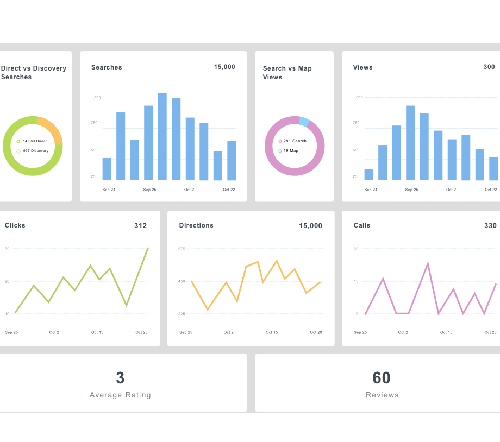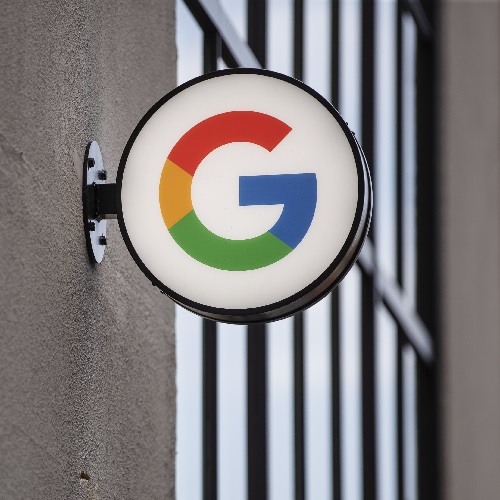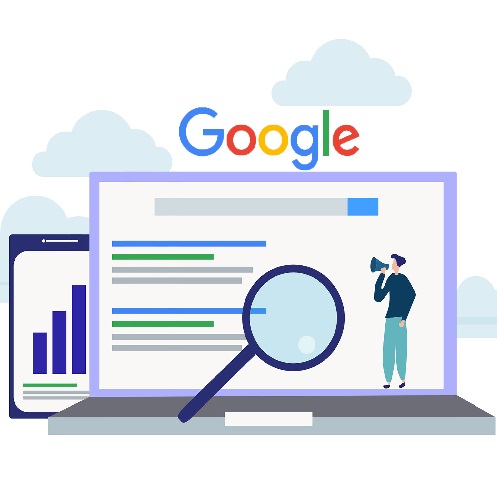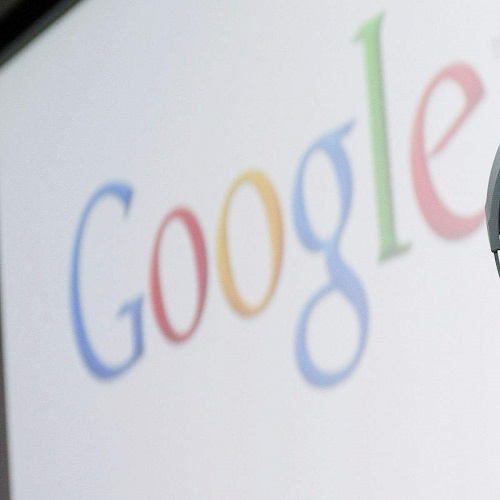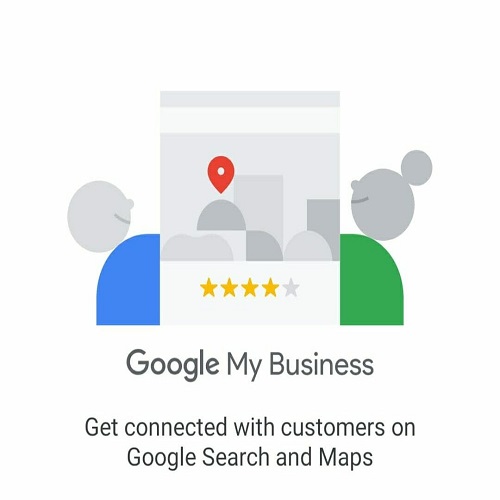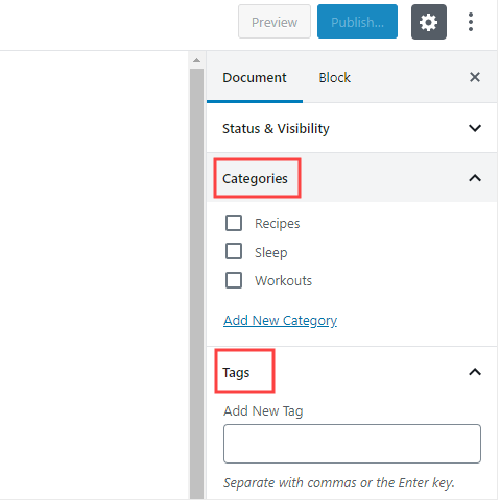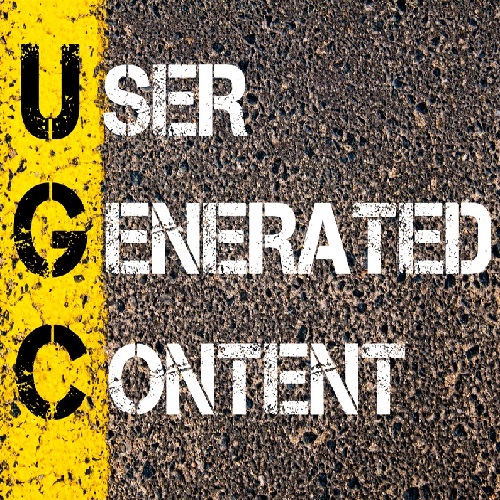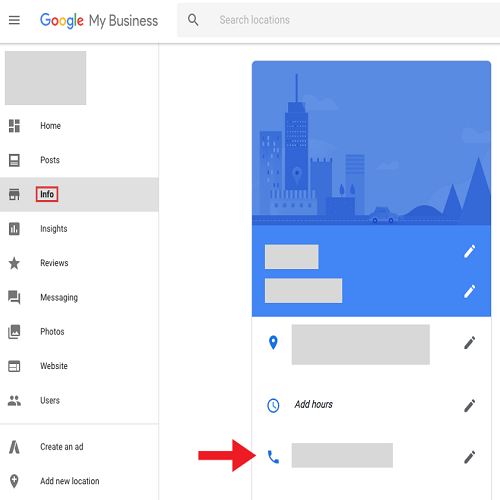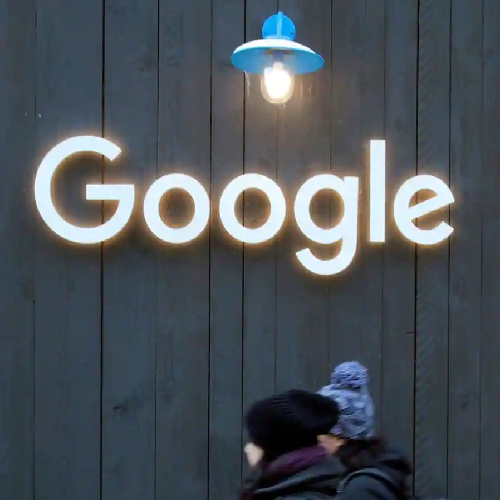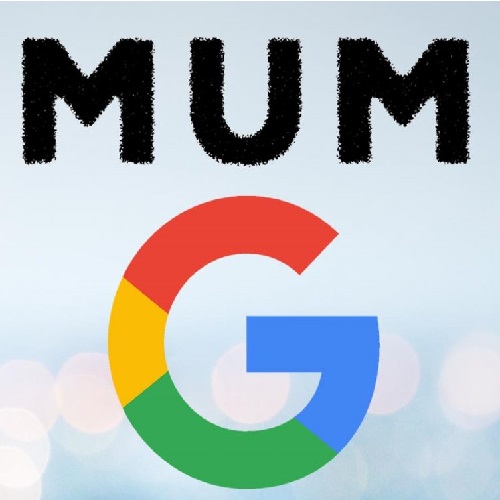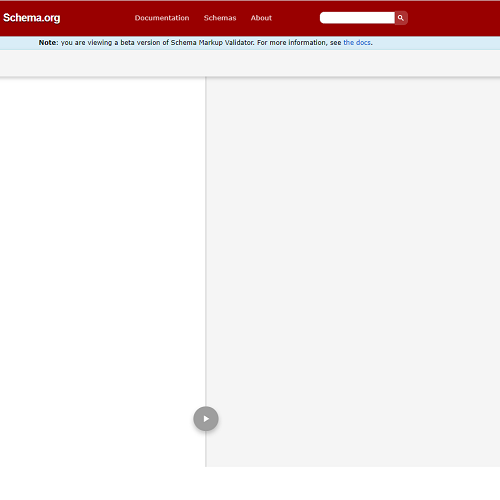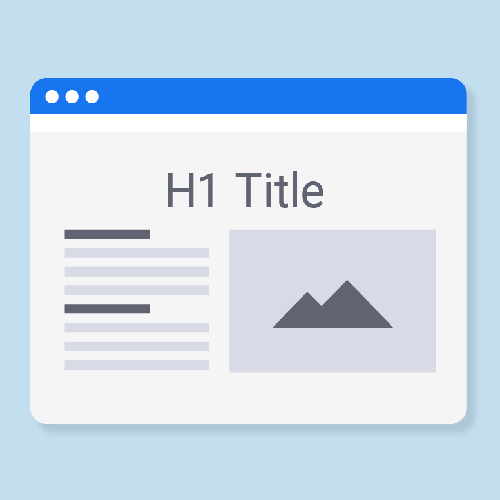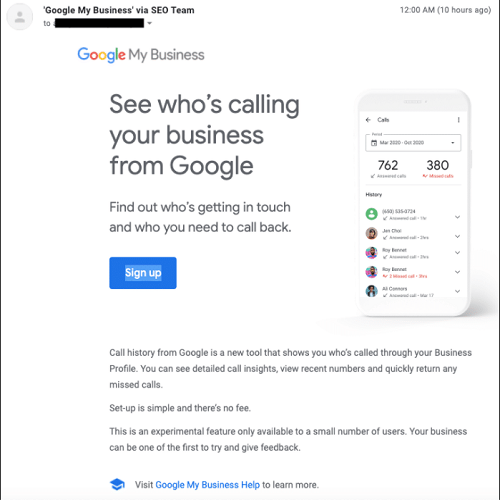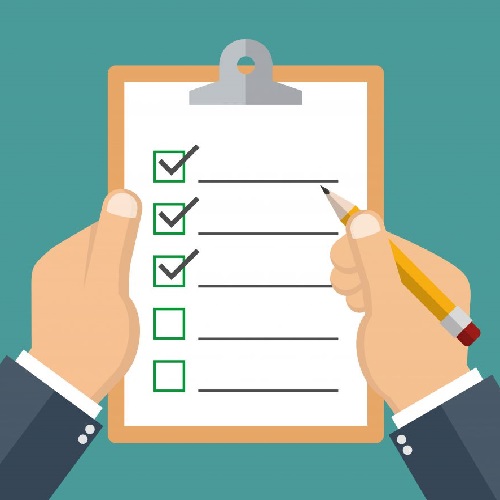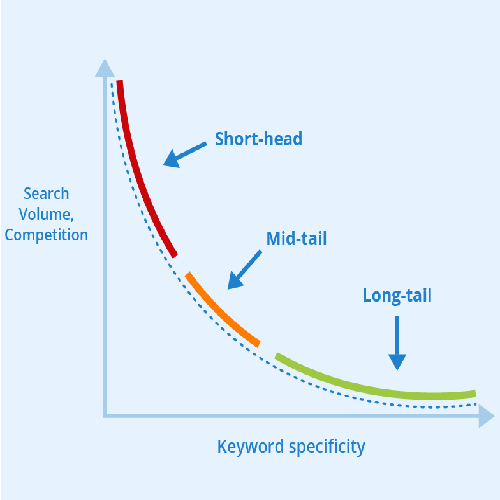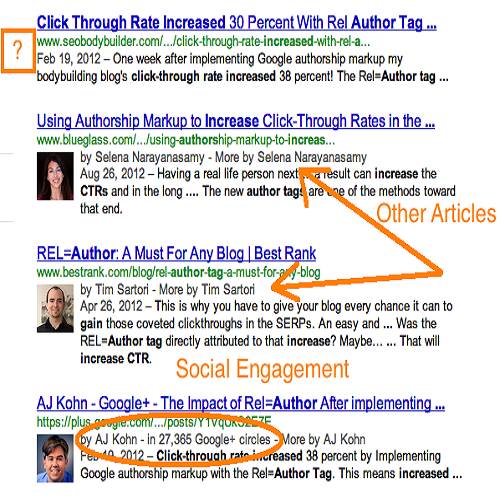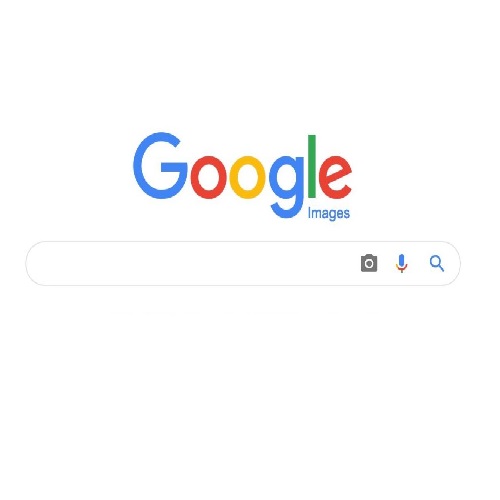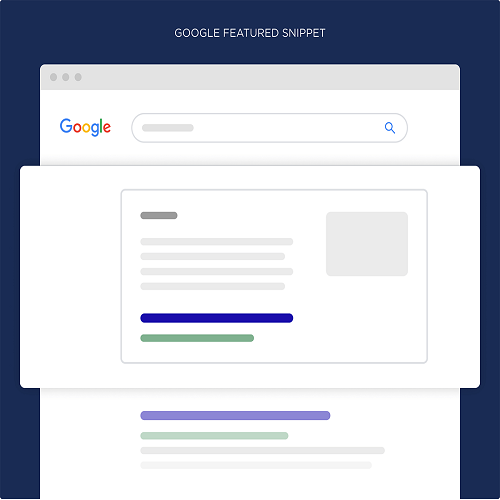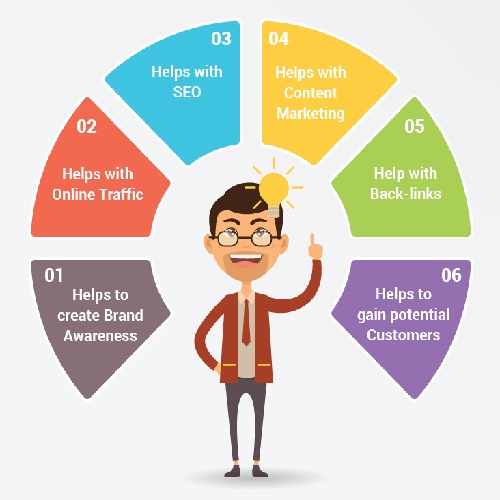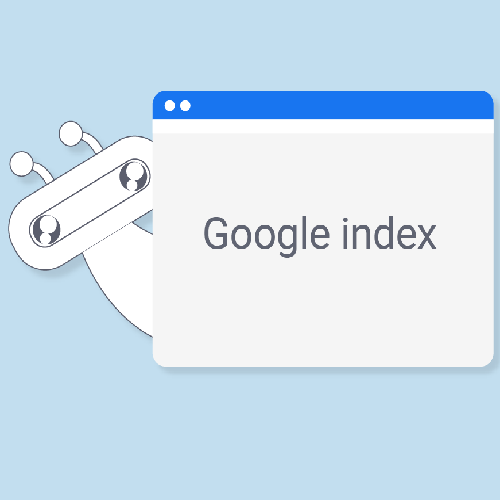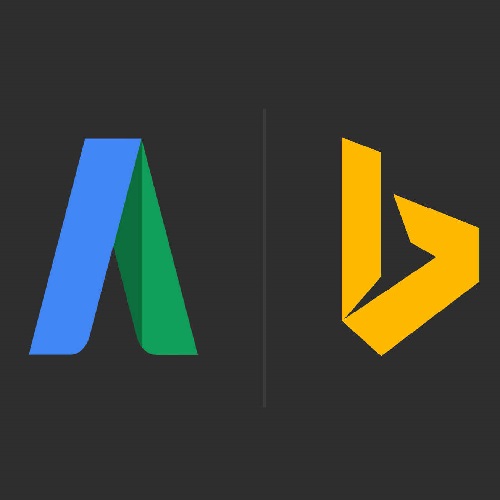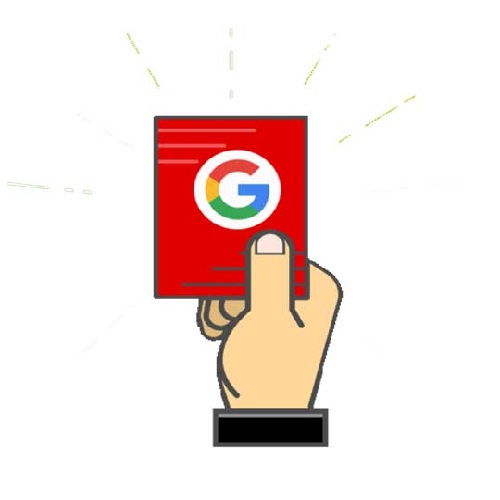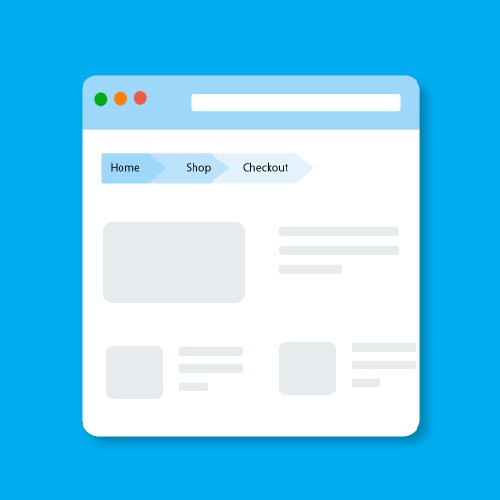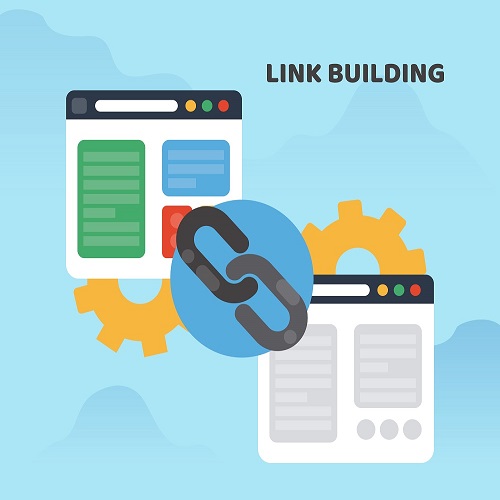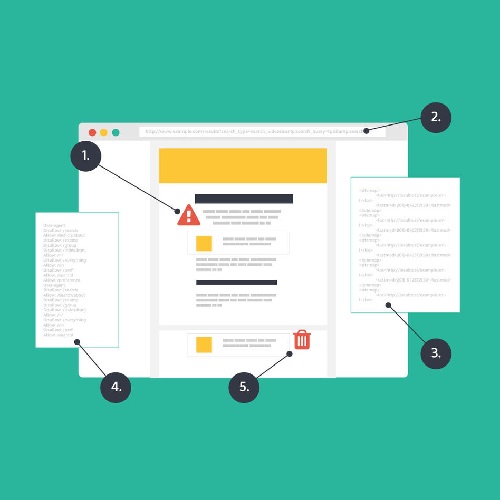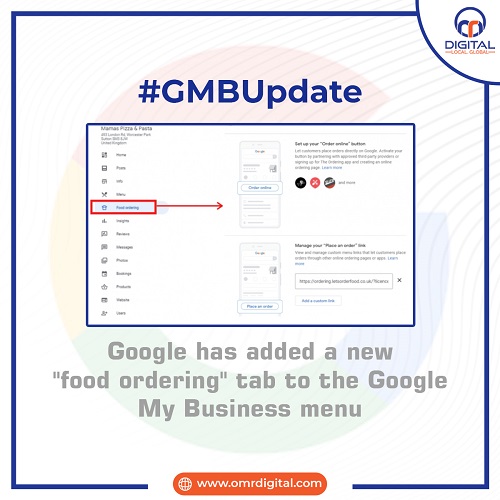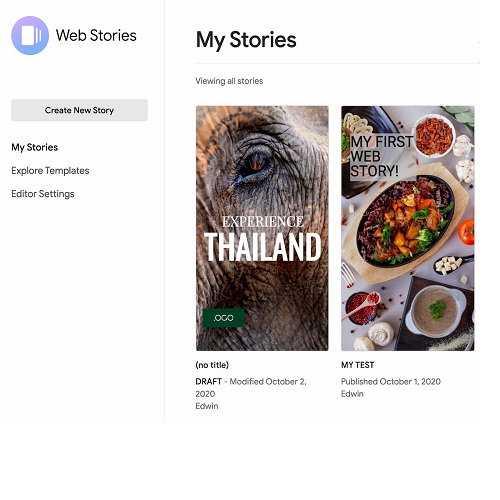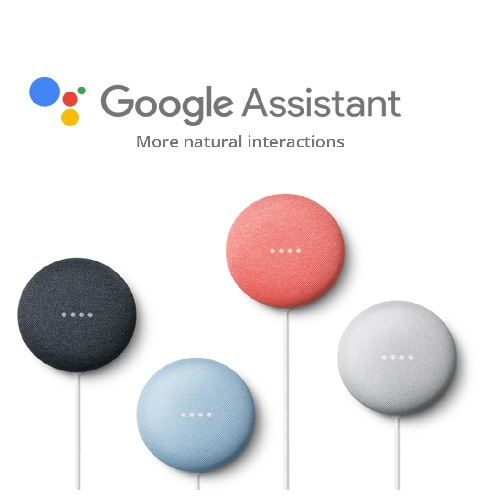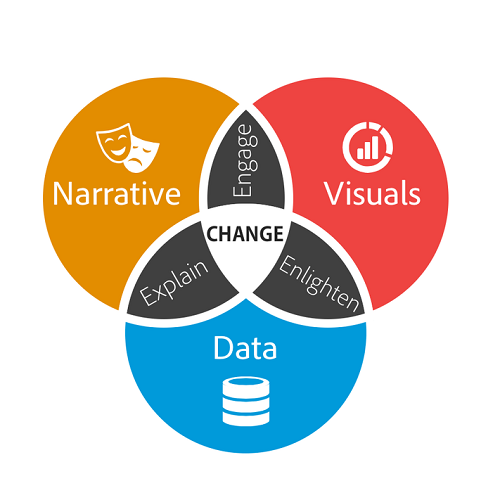
Contact Us
Related Posts
Category
Journalists place a high value on engagement. SEO is a good example of this. Improve your SEO content writing with these 9 tried-and-true journalism methods.
Journalism is no longer in existence. Search engine optimization is no longer effective. Writing content is no longer a viable option, as AI will soon take over. I felt forced to take a stand against the skeptics, concentrating my energies on all three of these dead practices, because there is so much supposed death in my professional life. So, how did it turn out? Clients and personal writing have consistently been successful.
Let me tell you something: when journalism and SEO come together, the result is… well, lethal for competitors. Today’s SEO content writing can benefit from a variety of journalism strategies. In this column, you’ll learn how to apply journalism techniques to strengthen your content’s SEO capabilities while still supporting Google’s E-A-T standards (Expertise, Authoritativeness, and Trustworthiness). The E-A-T elements will be influenced by each tactic in the following ways:
- Establishing you as a subject-matter and industry expert
- Because of its strength, many other sites connect to your information, establishing your website as an authoritative source.
- Because of the aforementioned two factors, you and your website will be viewed as a reliable source
It all starts with one of the first notions that any journalist learns.
1. The Pyramid inverted
It is a straightforward notion. In the article’s initial paragraphs, you express what’s most important, and the information is organized from most important to least important. The structure dates back to the invention and uses of the telegraph by Samuel Morse (yep, the Morse Code Morse) in 1845. Because the telegraph occasionally failed to transmit, the most crucial elements were written first, followed by supporting details. The idea has, of course, changed throughout time. The inverted pyramid structure can be used to present the most important information first, within an engaging lede, and then a body of content to support that content.
Information is funneled down within the body until the least important information is reached. Because of the engagement, the inverted pyramid format will not only captivate your viewers and explain exactly what they will get out of your post, but it will also help SEO. Many target keywords can also be frontloaded, signaling to search engines that you value these features. Also, before you start writing, I recommend outlining your story.
When you think in an inverted pyramid method, you outline your story for what you’ll need to captivate readers in the first paragraphs, then what you’ll need to educate and instruct them in the body paragraphs. This includes developing your listicle or subtopic points for the bulk of internet posts. These are subsequently transformed into header tags (usually H2 or H3), which assist search engines to understand what’s relevant even more quickly. Within your subtopics, always employ keywords. I discovered that having “inverted pyramid” as a subtopic that is relevant to journalism works best here through personal and client work.
- Complete the 5Ws and 1H questions.
For real involvement, you must always address the 5Ws + 1H: who, what, when, where, why, and how, regardless of the form of writing, from a 300-word blog to a 5,000-word white paper. Answering the who, what, when, and where questions in the lede will boost engagement when employing the inverted pyramid structure. You can then address the why and how of your subject throughout your body. However, you are not required to write in a bland manner. Using “cliff hangers” towards the end of an article, for example, can help people stay interested in reading. This builds intrigue and tension, making the reader want to know more.
Regardless of the subject matter, do your best to always respond to the 5Ws + 1H. This approach also gives you more chances to naturally incorporate your target keywords. Think like an SEO by offering answers to question snippets located at the top of search results as you progress through the why and how. Take the time to look up the subtopics you created in your outline on Google and answer the questions for snippet inclusion.
3. Affective Title
What’s the best headline writing advice you’ve ever gotten from a journalist? Action is not prompted by fancy and cute words. Rather, utilize terms that are specific and valuable. Click-throughs and engagement are both direct ranking elements in SEO, thus action means click-throughs and engagement. One or more of the following should be included in headlines:
This method also allows you to use your target keywords more naturally. Think like an SEO by offering answers to question snippets located at the top of search results as you travel down the why and how. Take the time to look up the subtopics you created in your outline on Google and answer the questions you came up with for snippets.
- Elicit interest (21 Ways Researchers Prove You Can Do More By Doing Less).
- Promise to show you how to complete a task (How to Write Headlines that Convert [11 Expert Tips]).
- Solve a difficulty for a searcher (Having Trouble Creating Clarity in Your Content?).
- Appeal to the emotions of a potential searcher (Is Homeschooling Making You Crazy? Here’s What Experts Have to Say About It).
Additionally, whenever possible, utilize numbers, brackets, or parentheses. According to a recent study, headlines with numbers, such as 11 ideas or 12 ways, get 36 percent more clicks. Click-through rates increase by 38% when brackets or parentheses are used. Always strive to get a target term as far upfront as possible in the headline, and aim for between 50 and 60 characters.
4. Lede Engagement
The average attention span of a human is getting shorter as more and more media is placed on our plates. According to a Microsoft study, the average attention span is currently around eight seconds, and it drops when people are online. This is especially true when the material on a website is unsatisfying or the page is slow to load. You must quickly entice your readers. The idea is to pique the reader’s interest right away, whether it’s through passion, logic, or both. Supply quick insight into the issue you’re talking about that only you can provide based on your own experience. This isn’t to say that the first scene should be a “my, me, me” story. Instead, draw on your experience to provide one or two unique services.
Although the material may be similar to that provided by others, only you have the ability to add fresh information based on your knowledge of the subject. Make sure you don’t bring your audience. Allow the story’s body (again, inverted pyramid thinking) to give the supporting details, and immediately engage them on a new trip. To get to the point, that is. As soon as possible
- After reading your introduction, consider the following:
- Is there a unique fact you’re sharing that makes people curious?
- Are you demonstrating rather than telling, evoking a mental image in the reader?
- Have you piqued the reader’s interest with suspense?
Furthermore, speaking to a niche audience is considerably easier than speaking to a broad audience. This article, for instance, is aimed toward marketing writers who work for companies or agencies. I do, however, take another cue from fiction and imagine a single individual. I’m imagining a conversation with a corporate marketing writer with no journalism background who writes everything from product copy to blogs to squeeze pages for this piece.
5. Show, don’t tell is a good rule of thumb to follow
“Kelly was agitated as she examined the lengthy grocery list.” “Before placing her iPhone into her shopping cart, Kelly glanced at her grocery list scribbled in notes on her iPhone. She scratched her temples with both hands before almost slamming her head into the still-opening automated door. The first one informs while the second one demonstrates. The second example enriches the situation by adding more color.
The best journalists don’t just tell you what to think; they challenge you to think for yourself. They show you what’s going on by allowing your mind to build mental representations for you. “Show the Story,” says a metal sign in the right corner of my standing desk. This reminder helps me focus on showing rather than explaining, which I incorporate into the second of several levels of editing. The first edit is a “spew” draft, in which you write down your ideas. The second section concentrates on flow and rearrangements, as well as showing rather than telling. Typos become increasingly granular in the third and subsequent levels. (I’ll reserve the rest for a future posting.)
6. Using Active Voice
The page is controlled by the active voice. Using the active voice in your writing might help you slow down the pace in sections where you want readers to focus their attention. Take a look at Hemingway, who mastered both aggressive and passive tones.
7. For clarity, use simple language
When content is unclear, the message becomes muddled, and visitors abandon the site soon. This decreases engagement and time spent on-page, which not only harms your SEO but also eliminates any chance of a conversion. Journalists work hard to make their content as clear as possible. What is the most straightforward path to clarity? Get rid of the lingo.
The situation changes if the publication’s audience includes people who utilize the lingo. Consider drafting a letter to a doctor or a pilot. Jargon will take over the page, which is necessary for that audience’s clarity. Others appeal to a far larger group of people. Consider the people who read Search Engine Journal. Yes, many SEO experts, authors, and other marketers are familiar with industry jargon. However, there is a diverse group of readers that want to learn more about the topics. Consider the first time you heard the terms “canonical URLs” or “schema markup” and the author didn’t provide an explanation.
If you must use jargon, explain it briefly in a sentence or two. Always include a hyperlink to such keywords – preferably to an internal page – to aid in further clarification without diverting attention away from the main point of your piece. This will also aid your search engine optimization efforts.
8. Pace-Controlling Hybrid Paragraphs
According to studies, Internet users despise two types of paragraphs: one-sentence paragraphs and larger paragraphs (sometimes known as “walls of text”). Longer paragraphs immediately frighten readers since they force them to struggle through a text. Fear of monotony is also induced by a sequence of one-sentence chunks. What’s the remedy? Use a hybrid model that includes short, one-sentence paragraphs to break up lengthier paragraphs. I believe that paragraphs should not exceed four or five sentences in length.
Aside from psychologically soothing a reader’s mind, employing this hybrid model of paragraph lengths has another advantage: it allows for a more controlled pace. A one-sentence paragraph can help you speed up the pace. To slow down the pace, you can utilize a long paragraph. When you want the reader to think about what you’re attempting to convey through your writing, this is the greatest approach. The length of large paragraphs causes readers to involuntarily slow down. This, once again, aids the reader’s examination of that portion. How did it turn out? More interaction and time spent on the page, both of which contribute to a higher conversion rate.
9. Trustworthiness
If sources are not properly credited, any form of journalism loses credibility. The stricter the editorial procedure about correct citation is the larger the publication (think New York Times, Esquire, or Forbes). Everything that isn’t common knowledge or your own opinion (or the authors if you’re editing or publishing) should be attributed. Internally link to an article you’ve previously published about a specific subject and that post/blog includes the attribution. Internal linking is a well-known foundation of good on-page SEO.
Is it necessary to include a link to a third-party site? This also helps with SEO because search engines recognize that you’re trying to clarify or add value to the subject.
Conclusion
Lastly, I’d like to express my gratitude for all of your hard work. In the realm of journalism, audience engagement is paramount. Journalists should take a different path if they don’t engage their audiences. SEO is a good example of this. If the material on your website isn’t engaging, you need to find a remedy as soon as possible. The aforementioned suggestions can significantly boost your reader engagement.
These abilities have been there for decades and have been shown in traditional journalism on several occasions. Smart SEO specialists recognize the usefulness of journalism strategies to improve their search rankings, just as clever business owners know to steal strategies that work in diverse industries.
Check the following checklist for improving your content marketing campaigns

Journalists place a high value on engagement. SEO is a good example of this. Improve your SEO content writing with these 9 tried-and-true journalism methods.
Journalism is no longer in existence. Search engine optimization is no longer effective. Writing content is no longer a viable option, as AI will soon take over. I felt forced to take a stand against the skeptics, concentrating my energies on all three of these dead practices, because there is so much supposed death in my professional life. So, how did it turn out? Clients and personal writing have consistently been successful.
Let me tell you something: when journalism and SEO come together, the result is… well, lethal for competitors. Today’s SEO content writing can benefit from a variety of journalism strategies. In this column, you’ll learn how to apply journalism techniques to strengthen your content’s SEO capabilities while still supporting Google’s E-A-T standards (Expertise, Authoritativeness, and Trustworthiness). The E-A-T elements will be influenced by each tactic in the following ways:
- Establishing you as a subject-matter and industry expert
- Because of its strength, many other sites connect to your information, establishing your website as an authoritative source.
- Because of the aforementioned two factors, you and your website will be viewed as a reliable source
It all starts with one of the first notions that any journalist learns.
1. The Pyramid inverted
It is a straightforward notion. In the article’s initial paragraphs, you express what’s most important, and the information is organized from most important to least important. The structure dates back to the invention and uses of the telegraph by Samuel Morse (yep, the Morse Code Morse) in 1845. Because the telegraph occasionally failed to transmit, the most crucial elements were written first, followed by supporting details. The idea has, of course, changed throughout time. The inverted pyramid structure can be used to present the most important information first, within an engaging lede, and then a body of content to support that content.
Information is funneled down within the body until the least important information is reached. Because of the engagement, the inverted pyramid format will not only captivate your viewers and explain exactly what they will get out of your post, but it will also help SEO. Many target keywords can also be frontloaded, signaling to search engines that you value these features. Also, before you start writing, I recommend outlining your story.
When you think in an inverted pyramid method, you outline your story for what you’ll need to captivate readers in the first paragraphs, then what you’ll need to educate and instruct them in the body paragraphs. This includes developing your listicle or subtopic points for the bulk of internet posts. These are subsequently transformed into header tags (usually H2 or H3), which assist search engines to understand what’s relevant even more quickly. Within your subtopics, always employ keywords. I discovered that having “inverted pyramid” as a subtopic that is relevant to journalism works best here through personal and client work.
- Complete the 5Ws and 1H questions.
For real involvement, you must always address the 5Ws + 1H: who, what, when, where, why, and how, regardless of the form of writing, from a 300-word blog to a 5,000-word white paper. Answering the who, what, when, and where questions in the lede will boost engagement when employing the inverted pyramid structure. You can then address the why and how of your subject throughout your body. However, you are not required to write in a bland manner. Using “cliff hangers” towards the end of an article, for example, can help people stay interested in reading. This builds intrigue and tension, making the reader want to know more.
Regardless of the subject matter, do your best to always respond to the 5Ws + 1H. This approach also gives you more chances to naturally incorporate your target keywords. Think like an SEO by offering answers to question snippets located at the top of search results as you progress through the why and how. Take the time to look up the subtopics you created in your outline on Google and answer the questions for snippet inclusion.
3. Affective Title
What’s the best headline writing advice you’ve ever gotten from a journalist? Action is not prompted by fancy and cute words. Rather, utilize terms that are specific and valuable. Click-throughs and engagement are both direct ranking elements in SEO, thus action means click-throughs and engagement. One or more of the following should be included in headlines:
This method also allows you to use your target keywords more naturally. Think like an SEO by offering answers to question snippets located at the top of search results as you travel down the why and how. Take the time to look up the subtopics you created in your outline on Google and answer the questions you came up with for snippets.
- Elicit interest (21 Ways Researchers Prove You Can Do More By Doing Less).
- Promise to show you how to complete a task (How to Write Headlines that Convert [11 Expert Tips]).
- Solve a difficulty for a searcher (Having Trouble Creating Clarity in Your Content?).
- Appeal to the emotions of a potential searcher (Is Homeschooling Making You Crazy? Here’s What Experts Have to Say About It).
Additionally, whenever possible, utilize numbers, brackets, or parentheses. According to a recent study, headlines with numbers, such as 11 ideas or 12 ways, get 36 percent more clicks. Click-through rates increase by 38% when brackets or parentheses are used. Always strive to get a target term as far upfront as possible in the headline, and aim for between 50 and 60 characters.
4. Lede Engagement
The average attention span of a human is getting shorter as more and more media is placed on our plates. According to a Microsoft study, the average attention span is currently around eight seconds, and it drops when people are online. This is especially true when the material on a website is unsatisfying or the page is slow to load. You must quickly entice your readers. The idea is to pique the reader’s interest right away, whether it’s through passion, logic, or both. Supply quick insight into the issue you’re talking about that only you can provide based on your own experience. This isn’t to say that the first scene should be a “my, me, me” story. Instead, draw on your experience to provide one or two unique services.
Although the material may be similar to that provided by others, only you have the ability to add fresh information based on your knowledge of the subject. Make sure you don’t bring your audience. Allow the story’s body (again, inverted pyramid thinking) to give the supporting details, and immediately engage them on a new trip. To get to the point, that is. As soon as possible
- After reading your introduction, consider the following:
- Is there a unique fact you’re sharing that makes people curious?
- Are you demonstrating rather than telling, evoking a mental image in the reader?
- Have you piqued the reader’s interest with suspense?
Furthermore, speaking to a niche audience is considerably easier than speaking to a broad audience. This article, for instance, is aimed toward marketing writers who work for companies or agencies. I do, however, take another cue from fiction and imagine a single individual. I’m imagining a conversation with a corporate marketing writer with no journalism background who writes everything from product copy to blogs to squeeze pages for this piece.
5. Show, don’t tell is a good rule of thumb to follow
“Kelly was agitated as she examined the lengthy grocery list.” “Before placing her iPhone into her shopping cart, Kelly glanced at her grocery list scribbled in notes on her iPhone. She scratched her temples with both hands before almost slamming her head into the still-opening automated door. The first one informs while the second one demonstrates. The second example enriches the situation by adding more color.
The best journalists don’t just tell you what to think; they challenge you to think for yourself. They show you what’s going on by allowing your mind to build mental representations for you. “Show the Story,” says a metal sign in the right corner of my standing desk. This reminder helps me focus on showing rather than explaining, which I incorporate into the second of several levels of editing. The first edit is a “spew” draft, in which you write down your ideas. The second section concentrates on flow and rearrangements, as well as showing rather than telling. Typos become increasingly granular in the third and subsequent levels. (I’ll reserve the rest for a future posting.)
6. Using Active Voice
The page is controlled by the active voice. Using the active voice in your writing might help you slow down the pace in sections where you want readers to focus their attention. Take a look at Hemingway, who mastered both aggressive and passive tones.
7. For clarity, use simple language
When content is unclear, the message becomes muddled, and visitors abandon the site soon. This decreases engagement and time spent on-page, which not only harms your SEO but also eliminates any chance of a conversion. Journalists work hard to make their content as clear as possible. What is the most straightforward path to clarity? Get rid of the lingo.
The situation changes if the publication’s audience includes people who utilize the lingo. Consider drafting a letter to a doctor or a pilot. Jargon will take over the page, which is necessary for that audience’s clarity. Others appeal to a far larger group of people. Consider the people who read Search Engine Journal. Yes, many SEO experts, authors, and other marketers are familiar with industry jargon. However, there is a diverse group of readers that want to learn more about the topics. Consider the first time you heard the terms “canonical URLs” or “schema markup” and the author didn’t provide an explanation.
If you must use jargon, explain it briefly in a sentence or two. Always include a hyperlink to such keywords – preferably to an internal page – to aid in further clarification without diverting attention away from the main point of your piece. This will also aid your search engine optimization efforts.
8. Pace-Controlling Hybrid Paragraphs
According to studies, Internet users despise two types of paragraphs: one-sentence paragraphs and larger paragraphs (sometimes known as “walls of text”). Longer paragraphs immediately frighten readers since they force them to struggle through a text. Fear of monotony is also induced by a sequence of one-sentence chunks. What’s the remedy? Use a hybrid model that includes short, one-sentence paragraphs to break up lengthier paragraphs. I believe that paragraphs should not exceed four or five sentences in length.
Aside from psychologically soothing a reader’s mind, employing this hybrid model of paragraph lengths has another advantage: it allows for a more controlled pace. A one-sentence paragraph can help you speed up the pace. To slow down the pace, you can utilize a long paragraph. When you want the reader to think about what you’re attempting to convey through your writing, this is the greatest approach. The length of large paragraphs causes readers to involuntarily slow down. This, once again, aids the reader’s examination of that portion. How did it turn out? More interaction and time spent on the page, both of which contribute to a higher conversion rate.
9. Trustworthiness
If sources are not properly credited, any form of journalism loses credibility. The stricter the editorial procedure about correct citation is the larger the publication (think New York Times, Esquire, or Forbes). Everything that isn’t common knowledge or your own opinion (or the authors if you’re editing or publishing) should be attributed. Internally link to an article you’ve previously published about a specific subject and that post/blog includes the attribution. Internal linking is a well-known foundation of good on-page SEO.
Is it necessary to include a link to a third-party site? This also helps with SEO because search engines recognize that you’re trying to clarify or add value to the subject.
Conclusion
Lastly, I’d like to express my gratitude for all of your hard work. In the realm of journalism, audience engagement is paramount. Journalists should take a different path if they don’t engage their audiences. SEO is a good example of this. If the material on your website isn’t engaging, you need to find a remedy as soon as possible. The aforementioned suggestions can significantly boost your reader engagement.
These abilities have been there for decades and have been shown in traditional journalism on several occasions. Smart SEO specialists recognize the usefulness of journalism strategies to improve their search rankings, just as clever business owners know to steal strategies that work in diverse industries.








